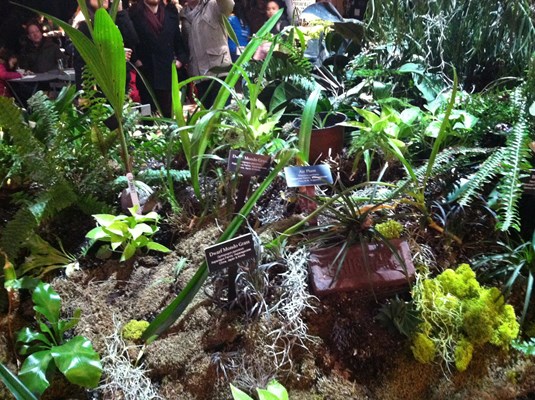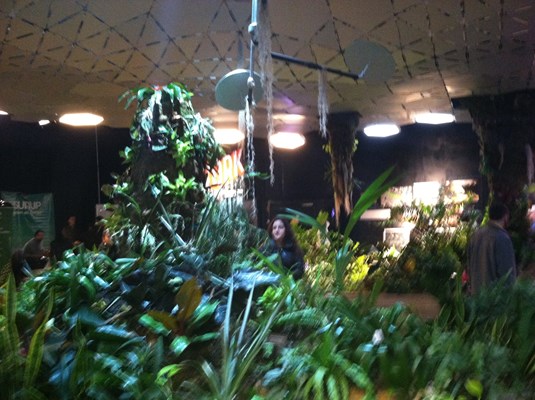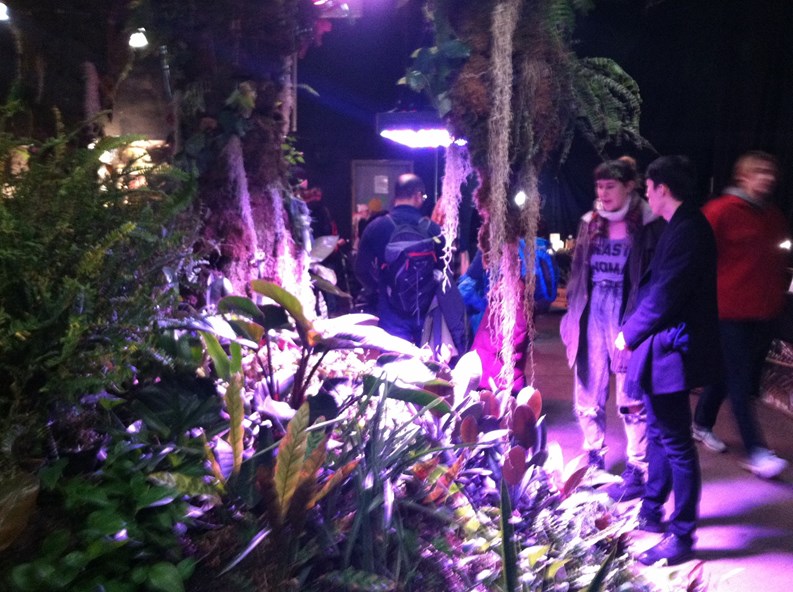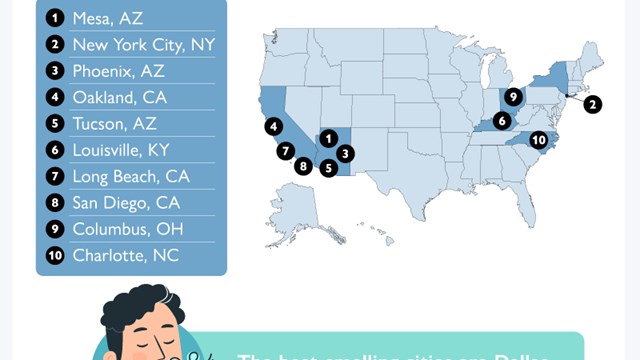By 2021, New York City's wildly popular attraction the High Line could face some competition from downtown
That is the projected timetable for the opening of the Lowline on the Lower East Side, which has been touted as the world's first underground park. It is on a one-acre site of the former Williamsburg Bridge Trolley Terminal, which has been defunct for over 60 years, and is close to the Delancey-Essex Street subway station. The unique feature of the proposed project will be the use of solar technology to transmit light in order to support the underground plant life. A open laboratory and exhibit at 140 Essex St.--which will shut down after this weekend--near the site showcases how that technology will work.
The proposal for the Lowline comes at a time when the Lower East Side--known historically for its tenement buildings and diverse immigrant population--is undergoing a revitalization via the Essex Crossing redevelopment that will usher in the arrival of residential housing (including condos) and commercial retail. “Our vision is a stunning underground park, providing a beautiful respite and a cultural attraction in one of the world’s most dense, exciting urban environments,” according to the Lowline's website.

How It Started
The origin behind the Lowline project goes back to 2009 when designer James Ramsey first heard about the hidden trolley terminal. With friend Dan Barsach, who wanted to install art inside the New York City subway system, Ramsey fomented plans to start an underground park. The two started a Kickstarter campaign that raised $155,000 in 2012, and the project had reportedly garnered support from several city officials. Last July, Crain’s New York Business reported that the Economic Development Corporation gave the Lowline its approval.
“The Lowline represents an incredible fusion of technology and public space," said Deputy Mayor Alicia Glen in a press statement. “For 80 years, this underground space has sat idle. Now we’re putting it to use for the people of the Lower East Side and for all New Yorkers to enjoy. We can’t wait to see this experiment unfold.”
According to the team behind the Lowline, it hopes to finalize negotiations with the city and the MTA, which holds the lease, to construct and operate the park--the project construction is expected to cost $80 million. Some outlets like Curbed and The Real Deal have analyzed the project (“There is something undeniably dystopian about the idea that a neighborhood starved for open space might find its solution in a tunnel,” wrote Curbed’s Alexandra Lange). As for those concerned about the air quality and the vermin underground at a site that has been unused since 1948, Barasch said, via The New York Times, that the Lowline will a feature a ventilation system, and that the park will have full-time security and be properly maintained.


The Lowline Lab
In October 2015, the Lowline Lab opened at an abandoned warehouse, about two blocks from the proposed site is, as a testing ground to show people how plant life will be sustained in the underground park. According to the organization, the laboratory has drew over 10,000 visitors since its opening. At the center of the laboratory space is the Lowline landscape, which consists of more than 3,000 plants underneath hexagonal lighting that allows researchers to study plant life. The lab also provides educational programs for youth.
During a recent visit to the lab, the atmosphere inside was similar to being at an elementary school’s science fair. In addition to the Lowline landscape, the lab featured booths where exhibitors demonstrated the technology fueling the underground park’s plant life, as well as the latest in sustainable living practices and trends. Among the participants included the New York City's compost program; the Randall's Island Wetlands preserve; Biomimicry NYC, a consortium devoted to biomimicry, which utilizes nature's best practices in order to solve man-made challenges; and Sunup Green Coffee, a company that specializes in organic premium green coffee.

A Boon to the Neighborhood?
The proposed Lowline project is the latest new addition to the Lower East Side neighborhood that is undergoing major changes, highlighted by the Essex Crossing redevelopment project, which will consist of 1.9 million square feet of residential, commercial and community space. It is highlighted by 242 Broome, a 55-unit condo tower that is scheduled to open next year. According to a listing by Douglas Elliman, a two-bedroom, two-bath condo at 242 Broome--featuring white oak floors, 10’ 4” ceilings, and an open concept living and kitchen space--will run about $5,250,000 along with a maintenance charge of $4,529 per month. In addition to the residential space, Essex Crossing will also be graced with the arrival of the Market Line that promises a “three-block shopping experience inspired by the world’s great public markets.”
If and when it is completed, the Lowline could be the icing on the cake for the neighborhood, although it’s probably too early to tell if the project will have the same impact on residential real estate development compared to the High Line. As reported by Curbed, prices for condos near the High Line rose to between $2,000 and $3,000 per square foot, an increase from $1,000 in 2009.
“It’s exciting that the Lowline, which seemed like an impossible idea, is magically becoming a reality!” Ariel Tirosh, a broker for Douglas Elliman, tells The Cooperator. “And what better neighborhood for a project like this than the Lower East Side? With another major development, Essex Crossing, coming to life right next door, public interest is definitely mounting. However, the Lower East Side has few remaining development sites. So, while demand from developers is skyrocketing, we’re unlikely to see the same boom of new development projects in the Lower East Side as you did in West Chelsea when the High Line was built.”
Meanwhile, those interested in visiting the lab to catch a glimpse into the future of the Lowline project better make it there soon this weekend, as it will close to the public after February 26.
David Chiu is an associate editor for The Cooperator.







Leave a Comment